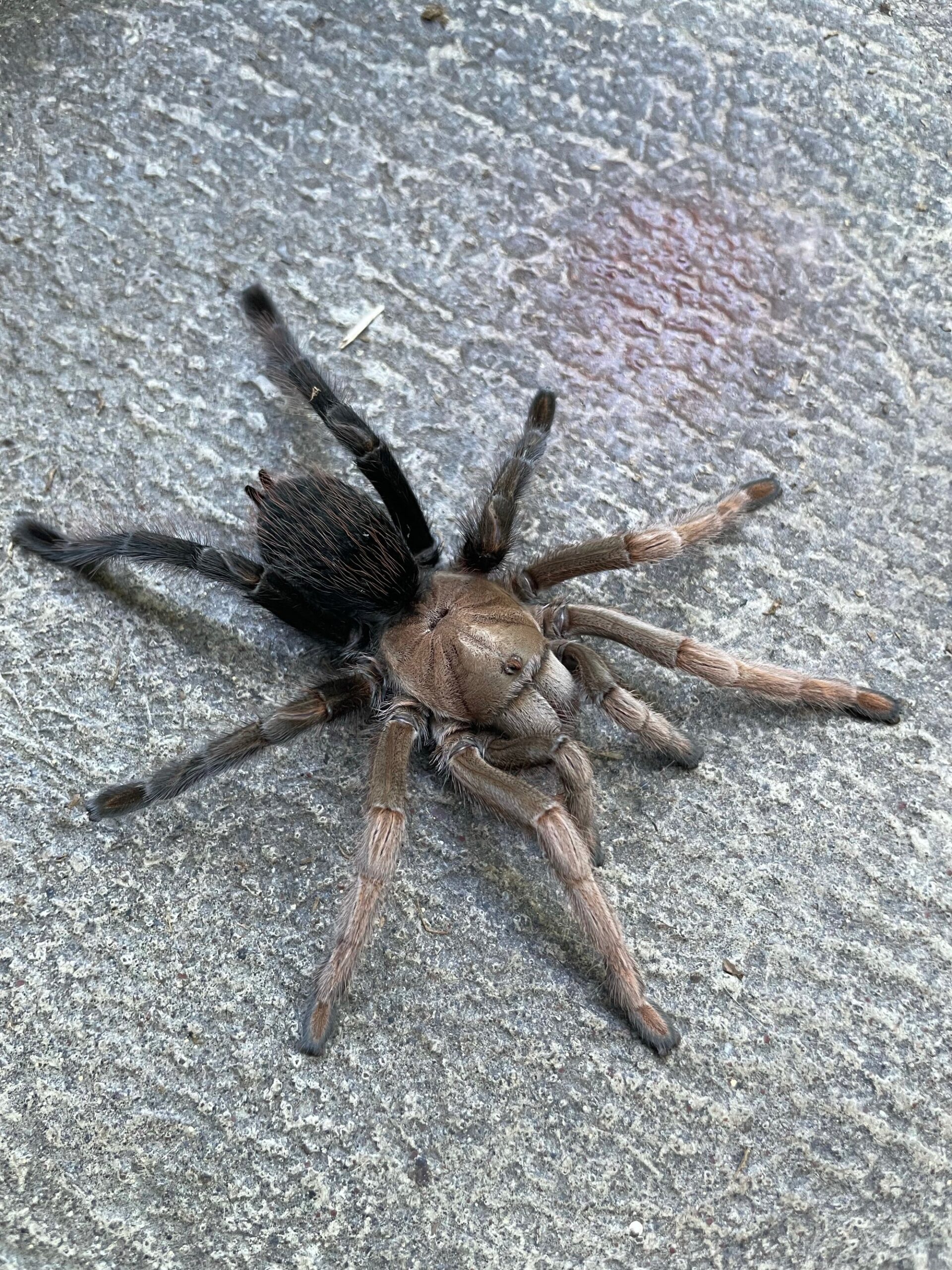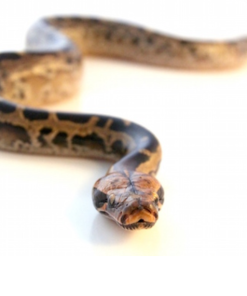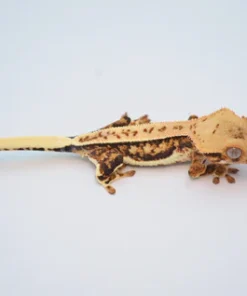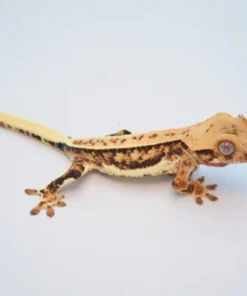Aphonopelma sp Diamondback-Female-Pure Bloodlines
Origin: New World. Native to Mexico
Difficulty: Beginner
Type: Terrestrial
Adult Size: 4.5-5″
Growth speed: Very slow
Longevity: Males 7+ years, females 22-40+ years
Temperament: Known for it’s docile nature if frightened or disturbed it may flee and/or flick urticating hairs. Bites from this species are very rare.
Bite potency: Mild
Urticating hairs: Yes
Ideal Temperature: 70 to 75°
Humidity: Low to Medium
Fun Fact: This is one of Jamie’s new favorites!
$440.00 Original price was: $440.00.$220.00Current price is: $220.00.
- Aphonopelma sp. diamondback Veracruz is not just gorgeous, they are also incredibly hard, docile and long-lived. A true gem.
- This stunning spiders color dip even goes across the carapace in a diamond pattern, consistent with the color coordination. What a unique tarantula, indeed!
- Smaller slings like to burrow while larger specimens are often content to adopt a hide, and are more likely to be out in the open for viewing.
Enclosure: For spiderlings under about 1/3-1 1/4″ we recommend the Terrestrial Spiderling Enclosure Kit. For specimens over 1″ to about 2″ we recommend the Terrestrial Juvenile Enclosure Kit. Specimens over 2″ can go into a 7x7x11″ complete terrestrial enclosure or 8x8x14″ Adult Complete Terrestrial
Substrate: While most adults will adopt a hide, slings often prefer to burrow. Cocofiber, vermiculite, peat moss and/or potting soil (or a mix) are all excellent substrate choices. Please make sure the substrate you choose is organic and chemical/fertilizer free. Do not use sand, pebbles, rocks or wood chips or anything else that could potentially cut or injure the tarantula.
In many cases a larger specimen would rather adopt or retrofit an existing hide than create it’s own from deep substrate. Cork tubes half buried in substrate are what we use for our adult females. The specimen will excavate one side of the cork tube to it’s liking. I like to think this makes the tarantula feel “at home” while minimizing the time and effort for the spider to settle in.
Aphonopelma sp Diamondback
Spiderlings will often desire to create their own home by excavating a burrow. A Aphonopelma sp Diamondback with this talent and preference for tunneling is referred to as an obligate burrower. To encourage this natural behavior we recommend rehousing on semi-moist substrate at least twice, and ideally three times as deep as the tarantulas DLS. The substrate and should dry out as needed. The Terrestrial Spiderling and Terrestrial Juvenile Enclosure Kit can be set up to encourage burrowing. Older/larger specimens are typically kept with hides as they’re more likely to be observed.
Water: Larger spiders 2” and over can be provided with a shallow water dish if desired. The water bowl should be rinsed our every time it is refilled. Being a scrubland species they will not require as frequent misting.
Feeding: Adults will eat every 10-18 days depending on the size of the spider and it’s prey. Spiderlings should eat more often, every 7-14 days. Adults may be fed crickets, mealworms or roaches. Spiderlings under 1/3” can only eat food small enough for it to overpower so it may be advised to use pre-killed four until large enough to handle live prey. We feed our slings freshly hatched “pinhead” rusty red roaches.
Keep your tarantulas enclosure clean. food waste left in the enclosure will invite mold, mildew, mites, flies and other pests. The substrate does not need to be changed unless it is moldy, overly filthy or otherwise unfit for the tarantula. It is advised to remove uneaten prey items after a few minutes to hours. If using a feeder who will not “bother” a tarantula such as dubia roaches it is alright to leave them in the enclosure as long as they are not causing stress to the specimen.
Be the first to review “Aphonopelma sp Diamondback-Female-Pure Bloodlines” Cancel reply
Related products
Animals
Animals







Reviews
There are no reviews yet.